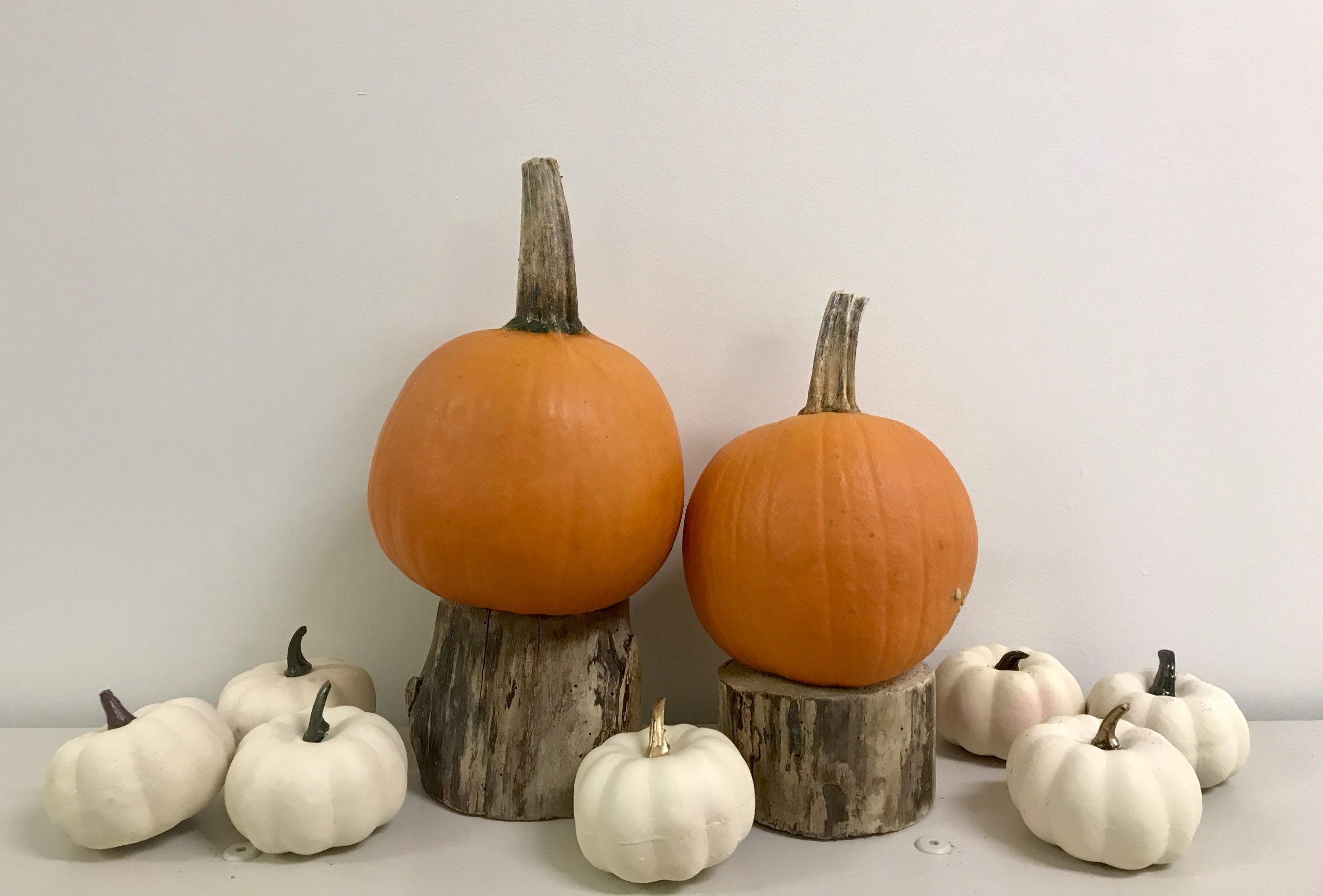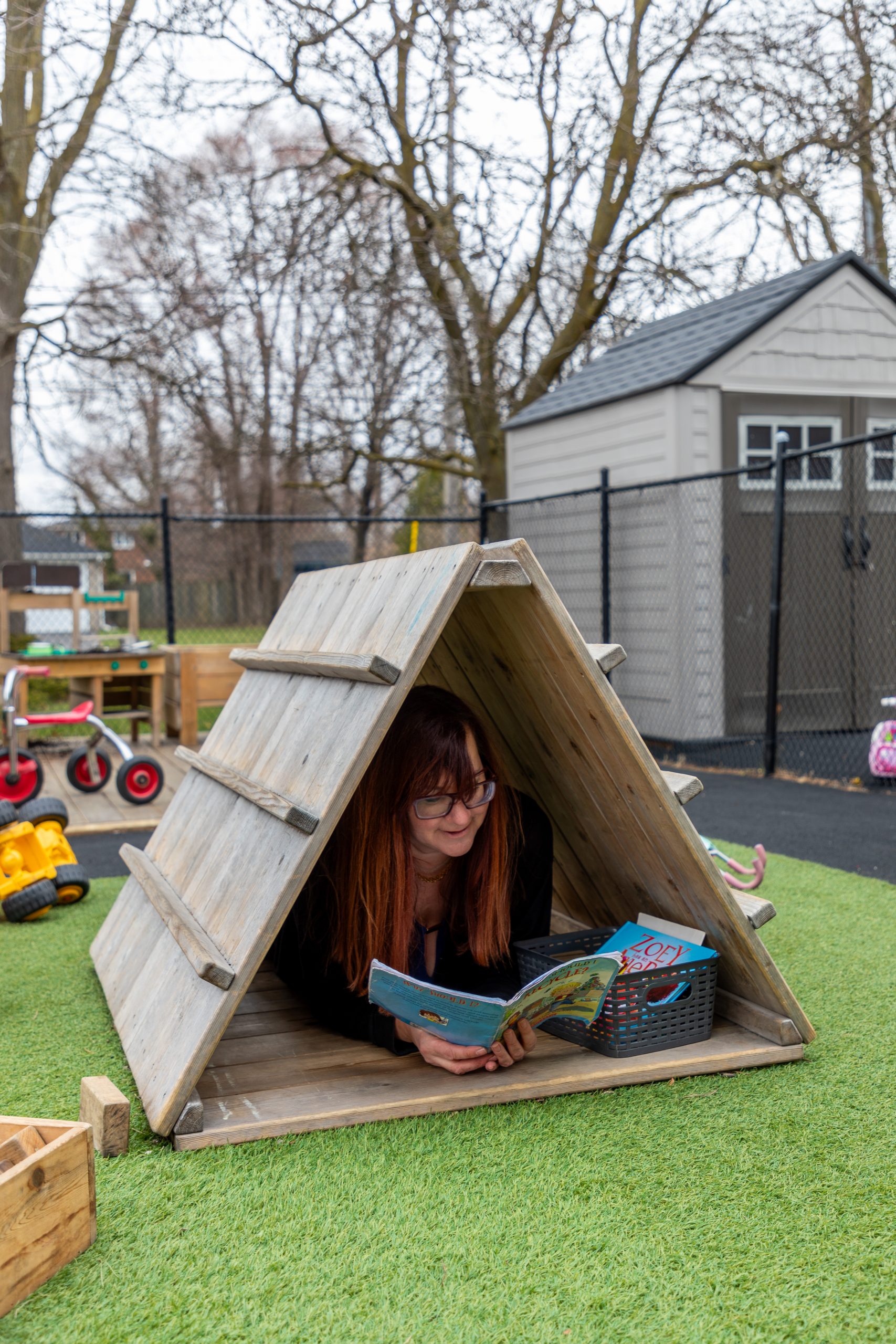Fall Sensory Play Ideas for Kids
Fall Sensory Play Ideas for Kids
Fall is the perfect season to bring the magic of sensory play to life. The vibrant colors, cozy scents, and natural textures offer endless opportunities for hands-on learning — and the best part? You can set up these activities with simple, everyday materials you probably already have at home or in your classroom.
Whether you’re a parent, caregiver, or educator, these fun, affordable, and developmentally appropriate ideas will make learning through play a breeze.
Seasonal Sensory Bin Ideas
- Pumpkin Patch Bin 🎃
- What You Need: Dried corn kernels, mini pumpkins, small scoops, cups, and a shallow bin. If you have a child under 3, you can substitute the corn kernels with water, sand or shredded paper.
- How to Play: Children can scoop, pour, and “plant” the pumpkins while practicing fine motor skills.
- Apple Orchard Bin 🍎
- What You Need: Red pom-poms (to represent apples), cinnamon sticks for scent, small baskets, tongs/tweezers and scoops.
- How to Play: Encourage kids to “pick” the apples, count them, and sort them into the baskets.
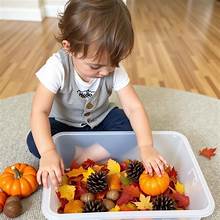
- Autumn Nature Hunt Bin 🍂
- What You Need: Real or faux leaves, pinecones, acorns, twigs, and magnifying glasses. Add some scoops, tongs/tweezers and plastic containers to sort the items.
- How to Play: Invite children to explore different textures and shapes while talking about colors, sizes, and patterns. Older kids can take on a sorting challenge and sort by colour, size or type of item.
Fall-Themed Sensory Play Recipes
Pumpkin Spice Play Dough ✨
Bring the smell of fall indoors with this cozy, hands-on activity that kids will love.
- What You Need: Flour, salt, cream of tartar, water, oil, orange food coloring, and pumpkin spice.
- How to Play: Roll, squish, and sculpt pumpkins, leaves, or letters for endless fun.
- Bonus: Watch this quick video for the play dough recipe and see how you can make homemade pumpkin spice play dough in just minutes.
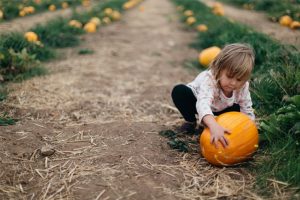
Outdoor Sensory Adventures
Don’t forget — sensory play doesn’t have to stay indoors! Here are a few ways to take the learning outside this season:
- Leaf Crunch Walk 🍁
Take a walk and collect fallen leaves. Once you’re back, sort them by size, color, or shape. This simple activity builds vocabulary, observation, and sorting skills — plus, nothing beats the satisfying crunch of stepping on fall leaves.
- Nature Sound Hunt 🎧
Head outside with a simple checklist and invite kids to listen for the sounds of fall — rustling leaves, chirping birds, or the wind blowing through the trees. For younger children, keep it simple with picture prompts; older kids can check off or even draw what they hear.
- Pumpkin Washing Station 💦
Grab a few buckets, fill them with warm water, and add scrub brushes for a simple, engaging cleanup station. Kids will love washing and scrubbing small pumpkins while developing hand strength and coordination.
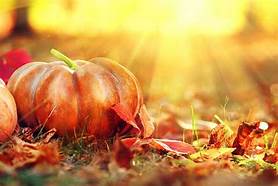
Mess-Free Sensory Options
Need something quick and cleanup-friendly? Try these simple, no-mess sensory setups:
Fall Sensory Bags 👜
- What You Need: Zip-top bags, water, glitter, leaves, and small seasonal items like faux flowers or mini acorns.
- How to Play: Fill the bag, seal tightly (tape edges for extra security), and secure it to a table or window. Children can squish, press, and explore without any mess.
- Bonus: Watch this quick video to see how you can make a sensory bag in just minutes.
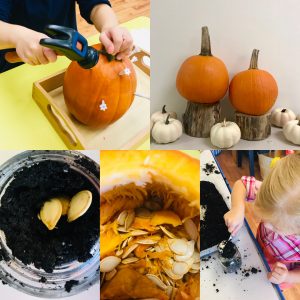
Tip: Want more ideas like this? Get step-by-step guidance in my Sensory Play Made Simple mini-course — perfect for parents and educators looking for easy, play-based learning setups.
Final Thoughts
Fall is such a sensory-rich season — and the perfect time to explore the world through touch, sound, sight, and even smell. Whether you’re setting up a pumpkin patch sensory bin, heading outdoors for a leaf crunch walk, or creating a mess-free sensory bag, each of these activities helps children build important skills while having fun.
Ready to take your sensory play to the next level? Check out my Sensory Play Made Simple mini-course for more easy, affordable, and brain-boosting ideas that you can start using today.
Transforming the Outdoors into a Classroom: Learning Beyond the Walls
Transforming the Outdoors into a Classroom: Learning Beyond the Walls
“There’s no Wi-Fi in the forest, but you’ll find a better connection.”
In early childhood education, we often talk about environments as the third teacher—and the great outdoors is one of the most powerful and overlooked classrooms of all.
When you step outside, learning becomes multi-sensory, meaningful, and full of real-world connections. Here’s how you can create rich educational experiences outdoors using four key learning zones: art, physical activity, sensory play, and literacy.
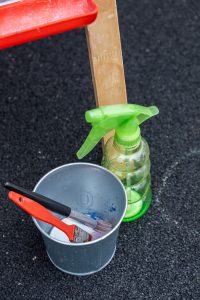
🎨 Outdoor Art: Nature as the Canvas
Art outside isn’t just about painting under the sun—it’s about using nature itself as the medium. Set up an outdoor art station with clipboards, natural paintbrushes (sticks, pine branches, leaves), and washable paints. Children can draw what they see, mix colors with mud, or create land art using stones, twigs, and petals.
Why it matters:
Outdoor art fosters creativity, fine motor skills, and encourages children to observe and appreciate their surroundings. It’s process-focused, messy, and completely magical.
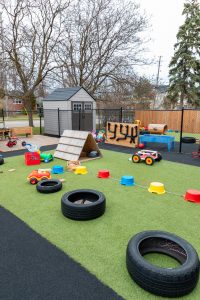
🏃♀️ Physical Activity: Learning Through Movement
Gross motor development is foundational in early childhood, and your outdoor space is the perfect arena for movement. Set up an obstacle course with logs, balance beams, tires, and tunnels. Let kids run, jump, climb, and crawl.
Why it matters:
Physical activity supports coordination, balance, spatial awareness, and builds confidence. And when children move their bodies, they’re also strengthening their brains.
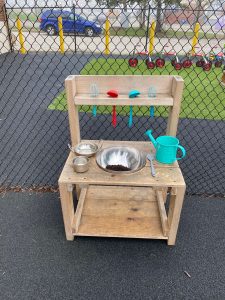
🧼 Sensory Play: Engaging the Whole Body
Think mud kitchens, water tables, sand pits, and bins filled with leaves or pinecones. Sensory play outdoors allows for bigger messes and bigger discoveries. In our outdoor classroom, our mud kitchen is always busy—stirring, pouring, and inventing recipes and potions using mud, sticks and stones.
Why it matters:
Sensory play promotes exploration, early science concepts, and language development. It also supports emotional regulation and collaborative play.
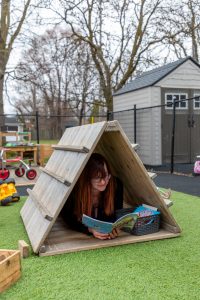
📚 Literacy: Reading and Storytelling Under the Sky
Books don’t belong only inside. Set up a cozy tent or shady nook with pillows and a bin of books. Children can listen to stories, flip through picture books, or even act them out using props they find in nature.
Why it matters:
Outdoor reading connects literacy to the real world. When a child reads about a bird and then spots one overhead, comprehension becomes real. Language and storytelling blossom when children are surrounded by inspiration.
Final Thoughts
An outdoor classroom isn’t just a trend—it’s a return to what children need: space, fresh air, and natural curiosity. By thoughtfully including areas for art, physical activity, sensory play, and literacy, you’re creating a whole-child learning experience that goes far beyond worksheets and screens.
Let the outdoors be your co-teacher—because real learning doesn’t always happen at a desk.

